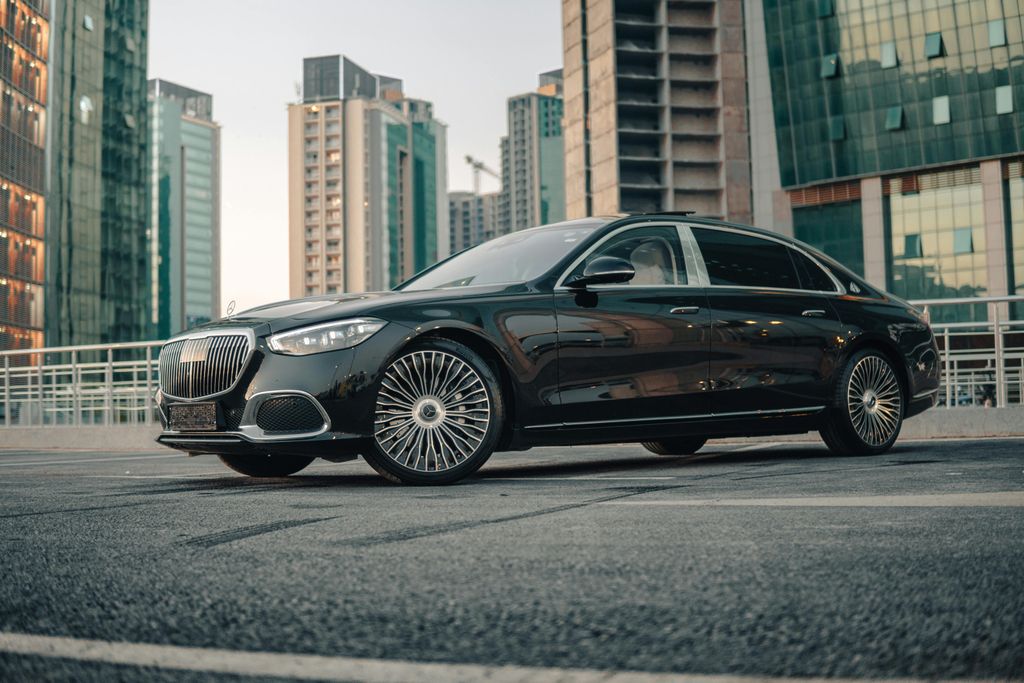
The automotive world, much like fashion, is in a constant state of flux, oscillating between daring innovation and comforting nostalgia. While today’s vehicles dazzle with touchscreens, autonomous features, and silent electric powertrains, there’s a growing sentiment that something essential has been lost along the way. We’ve traded some of the charm, the quirks, and the sheer ingenious design choices that once defined classic rides for what is often a homogenized, “cookie-cutter” aesthetic. It’s a trade-off that leaves many enthusiasts, and indeed many everyday drivers, longing for the days when cars had more personality, when their features didn’t just function but also sparked joy, convenience, and a sense of connection.
This isn’t merely about pining for the past; it’s about recognizing that many so-called “old-school” features were, in fact, ahead of their time or simply too brilliant to ever truly disappear. They offered solutions to everyday problems with a simplicity and elegance that modern complex systems often struggle to replicate. From clever airflow management to maximizing interior space, classic car designers often baked in a user-centric practicality that sometimes feels overlooked in the rush towards digital dominance. The argument isn’t for a wholesale return to antiquated mechanics, but rather an intelligent integration of these “genius” ideas into the fabric of contemporary automotive design.
So, buckle up, because we’re taking a deep dive into ten of these forgotten marvels. These aren’t just relics; they’re blueprints for a more engaging, more thoughtful, and undeniably cooler automotive future. We’ll explore why these features were so groundbreaking, why they faded from the scene, and precisely why their comeback would not only be a welcome breath of fresh air but also a significant leap forward for modern vehicles. Prepare to feel a pang of nostalgia, followed by a surge of excitement for what could, and should, be resurrected.
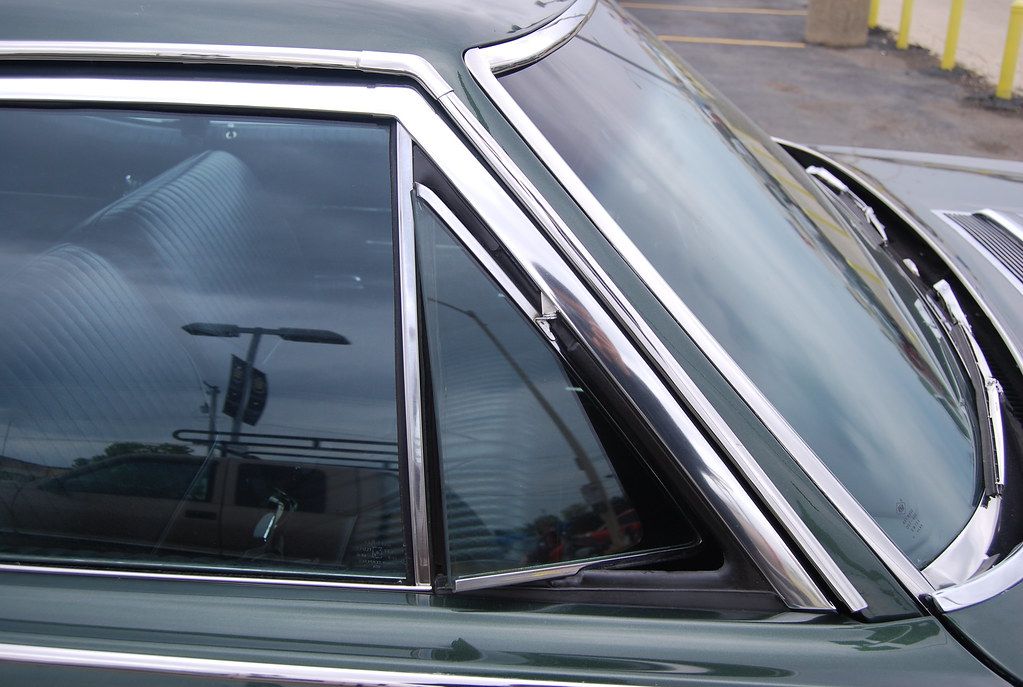
1. **Vent Windows** Imagine cruising down the highway on a warm day, the sun beaming, and with a simple flick, you channel a perfectly directed breeze right where you need it. No digital controls, no complex air conditioning systems, just the elegant simplicity of a vent window. These small, triangular panes, often found just ahead of the main side windows in classic cars, were a marvel of passive ventilation. They allowed drivers and passengers to enjoy fresh air without the disruptive wind noise or the “messing up your hair” effect that fully opened windows often brought. It was a personal cooling system, elegantly integrated and intuitively operated, a testament to thoughtful, low-tech design.
The genius of vent windows lay in their multi-functionality and efficiency. Beyond merely providing a gentle stream of air, they were also perfect for clearing a fogged-up windshield without blasting cold air throughout the cabin, or for discreetly allowing cigarette smoke to escape without impacting other occupants. They provided a quick, manual method for climate control that required no energy, no intricate electronics, and offered a level of granular air direction that even advanced modern HVAC systems can sometimes struggle to match. Their absence in today’s cars, often sacrificed for sleeker, more sealed aerodynamic designs, represents a loss of genuine user-centric convenience and a practical connection to the outside world.
Bringing back a modernized version of the vent window wouldn’t just be a nostalgic nod; it would be a smart design revival. With a global push towards energy efficiency, a passive ventilation system that requires zero power is inherently sustainable. Integrating them with modern manufacturing techniques could solve past issues of wind noise or sealing, allowing drivers to once again enjoy a tailored, natural airflow. In an era where air quality and indoor climate control are paramount, the simple vent window offers an unpretentious, yet remarkably effective, solution that could enhance driver comfort and reduce reliance on energy-intensive air conditioning, proving that sometimes, the oldest ideas are the most forward-thinking.
Read more about: Behind the Melodies and Magnificence: An Enthusiastic Look at Brian Wilson’s Legendary Car Collection and His Unforgettable Automotive Legacy

2. **Bench Seats** Before the era of individual bucket seats and sprawling center consoles, the front of a car often felt like a rolling lounge, courtesy of the magnificent bench seat. These wide, soft expanses weren’t just about maximizing passenger capacity; they instilled a sense of cozy togetherness and unparalleled versatility. Whether you were scooting closer to a date at the drive-in, comfortably fitting three friends for a spontaneous road trip, or simply enjoying the luxurious feeling of a sofa on wheels, the bench seat transformed the car interior from a functional space into a genuine living area. It was a design philosophy that prioritized communal experience and adaptable utility.
The brilliance of the bench seat extended beyond its social implications. From a practical standpoint, it offered immense flexibility. Need to carry an extra child to soccer practice? No problem. Want more legroom without the intrusion of a central tunnel? The bench delivered. This design freed up significant interior space, allowing for unhindered movement across the front row, a feature almost unimaginable in today’s highly compartmentalized cabins. While modern safety standards and the proliferation of advanced electronics have pushed for individual seating and robust central structures, the core benefits of a spacious, adaptable front row remain incredibly appealing, demonstrating a timeless appeal for flexible interior architecture.
Encouragingly, the bench seat is actually staging a quiet resurgence, albeit in modern, reimagined forms. The 2025 Ram 1500 Warlock, for instance, offers a sophisticated 40/20/40 split-bench setup, blending classic comfort with contemporary functionality, including integrated armrests, cupholders, and storage. This evolution showcases how the essence of the bench seat – its capacity for extra seating and flexible space – can be integrated with modern safety and convenience features. A true revival would see more manufacturers embrace this adaptable design, offering a choice that caters to those who value shared experiences and interior freedom over rigid individual compartments, proving that sometimes, sitting closer together is simply better design.
Read more about: 15 American Cars That Command Shockingly High Prices Today: A Deep Dive into Automotive Excellence
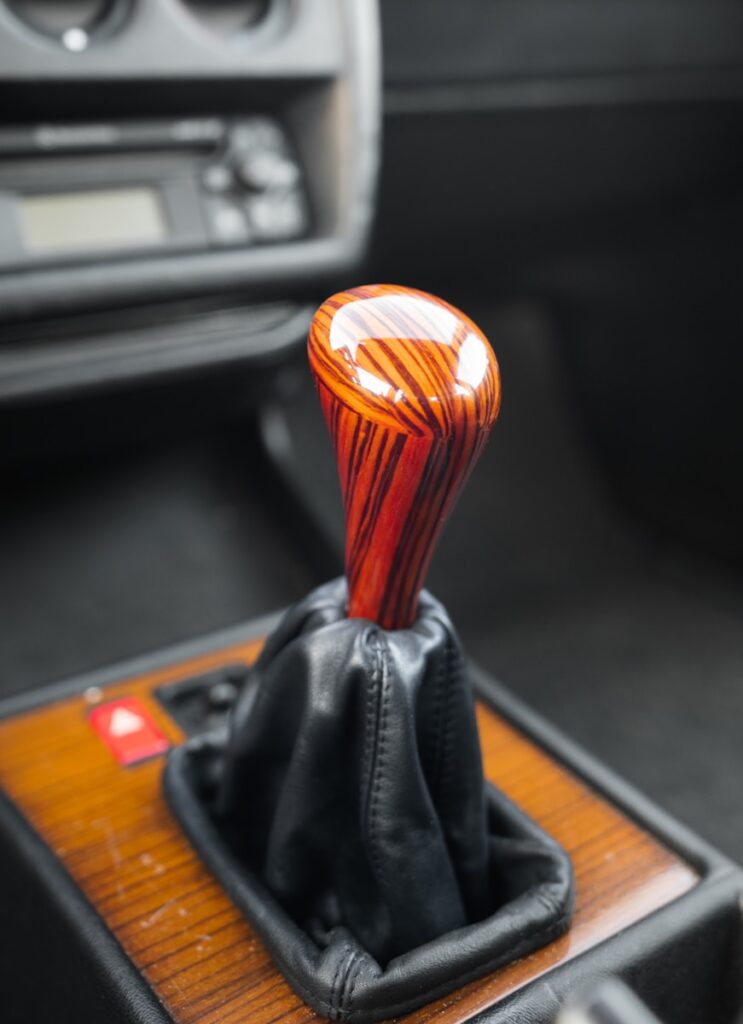
3. **Column Shifter** In an age where gear selection is increasingly handled by obscure dials, tiny buttons, or even predictive AI, the elegant simplicity and spatial efficiency of the column shifter feels like a relic from a more sensible time. Neatly tucked away behind the steering wheel, this ingenious mechanism freed up valuable real estate on the center console, transforming what would otherwise be a cluttered space into an open, accessible area perfect for a wide range of uses – from holding a Big Gulp to storing emergency tacos, as the context humorously suggests. It was a design choice that spoke volumes about prioritizing driver ergonomics and interior functionality.
The genuine genius of the column shifter lies in its unobtrusive nature and its ability to declutter the cabin. With a simple, confident flick of the wrist, drivers could engage gears without taking their eyes far from the road or their hand far from the steering wheel. This intuitive placement contributed to a smoother, less interrupted driving experience, blending practicality with a certain understated cool. Its decline was largely driven by subjective aesthetic preferences for console shifters and the shift towards manual transmission popularity requiring a more direct linkage, rather than any inherent flaw in its design or functionality. The loss of this feature represents a sacrifice of intelligent spatial design for, perhaps, less impactful stylistic flourishes.
However, the tide is beginning to turn, with a renewed appreciation for minimalist interiors and clever space utilization. Modern interpretations, like those seen in the now-discontinued BMW i3 or the 2024 Hyundai Santa Fe, demonstrate how the column shifter can be perfectly suited for the electric era, where traditional mechanical linkages are often replaced by “shift-by-wire” technology. As Hyundai’s VP of design, SangYup Lee, noted, “having shifting by wire on the column, we’ve freed up lots of space over here on the console area.” This highlights its potential to unlock vast design possibilities for interior architects, creating more versatile and user-friendly cabins. The column shifter isn’t just making a comeback; it’s proving its enduring relevance as a smart solution for the future of automotive interior design.
Read more about: Avoid Costly Repairs: Stop Making These 15 Automatic Transmission Mistakes
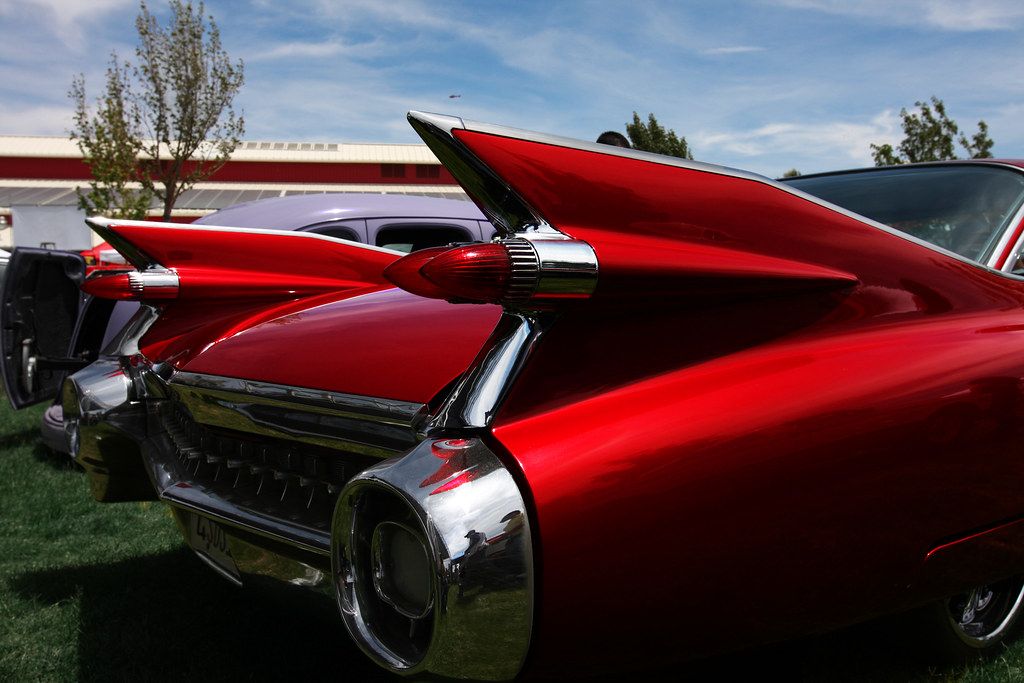
4. **Tailfin Styling** Few classic car features evoke such a strong sense of mid-century futurism and daring design as the iconic tailfin. Inspired by the nascent jet age and the burgeoning space race, these flamboyant extensions on the rear of vehicles weren’t merely aesthetic flourishes; they were a bold declaration of a vehicle’s aspirations and, ostensibly, its performance. While their actual contribution to high-speed stability might have been a subject of fervent debate among engineers, their undeniable impact on a car’s visual presence was revolutionary. Tailfins transformed automobiles from utilitarian machines into rolling sculptures, projecting an image of speed, power, and avant-garde thinking that captured the zeitgeist of an era.
The genius of tailfin styling, even if largely symbolic, was in its ability to inject a sense of drama and technological aspiration into everyday vehicles. Designers, captivated by the sleek lines of fighter jets and rockets, sought to translate that visual language into automotive form, creating a distinctive silhouette that made cars instantly recognizable and incredibly desirable. It was an exercise in pure, unadulterated automotive theater, turning every drive into a grand statement. The sheer scale and variety of tailfin designs, from subtle suggestions to monumental wings, showcased an era of unbridled creative freedom in car design, where audacious concepts were embraced rather than tempered by cautious pragmatism.
While impracticalities like parking difficulties and safety considerations ultimately led to their demise, the spirit of tailfin styling—that unapologetic pursuit of visual impact and imaginative form—is something modern automotive design could benefit from rediscovering. In a market often criticized for its conformity and incremental styling changes, the daring, sculptural quality of the tailfin reminds us that cars can, and should, be more than just transportation appliances. Reimagining this concept, perhaps through subtle, aerodynamically integrated design elements or innovative lighting signatures that draw from the tailfin’s grandiosity, could infuse contemporary vehicles with a much-needed dose of character and visual excitement, proving that sometimes, a little showmanship goes a long way.
Read more about: Behind the Melodies and Magnificence: An Enthusiastic Look at Brian Wilson’s Legendary Car Collection and His Unforgettable Automotive Legacy
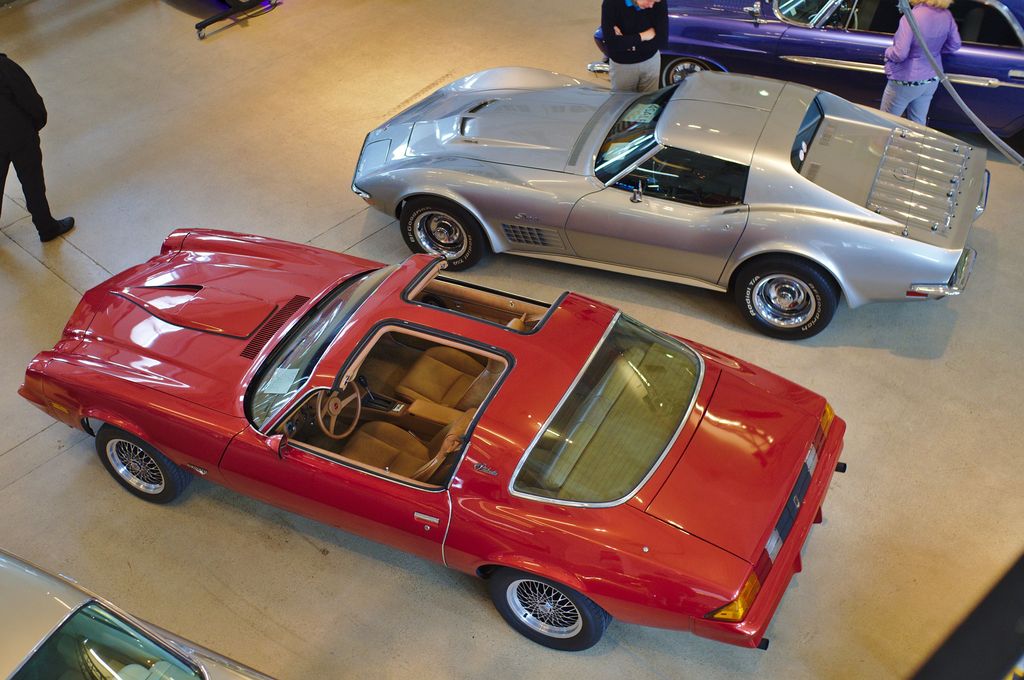
5. **T-Tops** For enthusiasts perpetually caught between the visceral thrill of open-air motoring and the structural integrity of a fixed roof, the T-top offered a perfect, ingenious compromise. This distinctive roof design, featuring two removable panels separated by a central structural bar, provided the best of both worlds. Drivers could enjoy the wind-in-their-hair sensation of a convertible without sacrificing the inherent chassis rigidity and often superior safety that a full hardtop offered. It was a clever engineering solution that delivered a unique driving experience, instantly elevating any car equipped with them to a new level of cool and desirability.
The brilliance of T-tops lay in their transformative power. With the panels removed, the cabin was bathed in sunlight and fresh air, yet the structural backbone of the car remained, preventing the body flex and cowl shake often associated with traditional convertibles. This meant a more solid, quieter, and ultimately more enjoyable open-top experience. Moreover, the removal and re-installation process was typically straightforward, offering a flexibility that truly empowered the driver to customize their ride to the conditions or their mood. This fusion of open-air freedom and structural confidence made T-tops a hallmark of sporty cars from the ’70s and ’80s, carving out a beloved niche in automotive history.
While T-tops faded from mainstream popularity due to increasing complexity, potential for leaks, and evolving safety standards, their fundamental appeal remains undeniable. In an era where modularity and personalization are highly valued, a modern reinterpretation of the T-top concept could be a revolutionary feature. Advanced materials and sealing technologies could easily overcome past challenges, offering contemporary drivers the exhilarating freedom of open-air driving combined with the structural benefits of a coupe, and perhaps even integrated solar charging capabilities. Bringing back T-tops wouldn’t just be a nostalgic indulgence; it would represent a cutting-edge approach to flexible automotive design, giving drivers a choice that feels both retro and utterly futuristic.
Read more about: A Car Expert’s Deep Dive: 12 Classic Cars That Offer Exceptional Value and Investment Potential
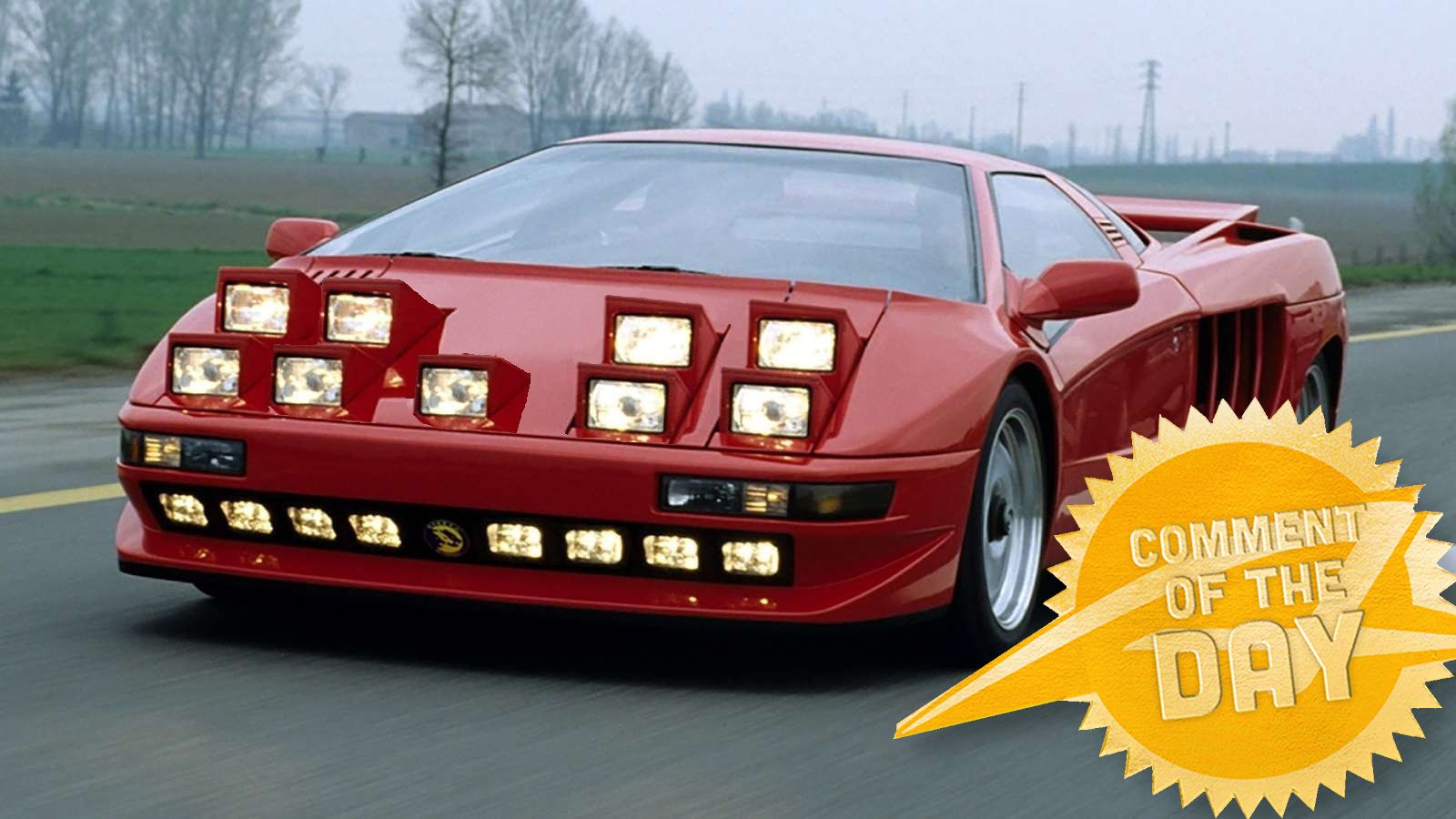
6. **Pop-Up Headlights**The sheer theatricality of pop-up headlights remains unmatched in automotive history. One moment, a car’s fascia is sleek and enigmatic; the next, with a satisfying mechanical whir, two luminous eyes emerge, ready to conquer the night. This dramatic reveal wasn’t just a design quirk; it was integral to a vehicle’s personality, transforming sporty coupes and wild supercars of the 1980s and 1990s—think the “winking” Mazda Miata, the aggressive Ferrari F40, or the iconic Acura Integra—into dynamic characters. For a generation of drivers, flipping that switch and watching the lights magically appear was a small, yet profound, source of joy and an undeniable symbol of cool.
Beyond the undeniable visual flair, the genius of pop-up headlights lay in their dual function of aesthetics and protection. When retracted, they allowed designers to craft incredibly smooth and aerodynamic front ends, giving vehicles a cleaner, sculptural silhouette during daylight. This hidden quality not only contributed to a sleeker appearance but also offered a practical benefit by shielding delicate headlight assemblies from road debris and damage. It was a bold pursuit of form and function working in tandem, creating a sense of anticipation and engagement sorely missed in today’s static front-end designs.
So, why did such an exciting feature vanish? Evolving safety regulations, particularly in the EU around 2004, made it exceedingly difficult to design pedestrian-safe vehicles with protruding, moving headlight mechanisms. Practical concerns like increased complexity and potential for malfunctions also contributed to their decline. Yet, the spirit of pop-ups refuses to die. We’re now seeing a “sneaky comeback” in exclusive, limited-run vehicles like Bertone’s new open-top runabout or Ferrari’s Daytona SP3, which features clever flip-up covers. Imagine a modern reinterpretation using advanced, lightweight materials and “smart” retraction systems that prioritize safety, offering a modular, customizable front end. This isn’t just about nostalgia; it’s about rekindling a sense of wonder and playful innovation in car design.
Read more about: Future Fortunes on Four Wheels: 14 Classic Cars You Need to Buy Now Before Their Value Explodes

7. **Analog Clocks**In an era dominated by sprawling digital displays that bombard drivers with endless data, the classic analog clock offers a serene and elegant counterpoint. Far more than just a time-telling device, these beautifully crafted instruments were a statement piece, an immediate indicator of a vehicle’s commitment to craftsmanship and timeless design. Their presence infused an interior with understated luxury and sophistication, recalling an era when details mattered, and the focus was on quality and aesthetic pleasure rather than mere functionality. The gentle sweep of a second hand across a finely etched dial provided a moment of calm, a subtle reminder of the art of engineering.
The genius of analog clocks extended beyond their visual appeal; they offered a distinct psychological benefit. In a cabin designed for human comfort, a well-placed analog clock served as an anchor, a piece of accessible art that lent a sense of permanence and gravitas. It spoke to a preference for tangible, physical objects over ephemeral pixels, celebrating mechanical precision and enduring beauty. Unlike a digital readout that can feel stark, an analog clock possesses a warmth and character that enriches the driving environment. It was a subtle yet powerful declaration that the journey itself was as important as the destination.
While analog clocks have largely been relegated to luxury marques today, their potential for a broader comeback is compelling. As consumers increasingly seek unique personalization and a reprieve from screen fatigue, the analog clock offers an ideal blend of classic charm and modern relevance. Integrating them with contemporary materials and design philosophies, perhaps as a customizable central accent, could provide a much-needed aesthetic balance. It’s about more than just telling time; it’s about reintroducing a touch of class, a moment of visual respite, and a celebration of human-centric design that prioritizes elegance and tactile satisfaction alongside digital utility.
Read more about: Beyond Geneva: Exploring Shinola’s Rise and Other Must-See Timepieces Making Waves

8. **Hidden Fuel Caps**For the discerning driver who appreciates a vehicle’s unbroken lines and seamless aesthetics, the hidden fuel cap was a stroke of subtle genius. Rather than an obvious flap disrupting a car’s sculpted flanks, these ingenious access points were tucked away, often behind a spring-loaded taillight, a cleverly integrated license plate, or a discreet body panel. This design choice wasn’t just about hiding a functional necessity; it was about maintaining the purity of a car’s design, ensuring that every curve and contour flowed uninterrupted. It transformed a mundane task like refueling into a mini-adventure, an almost clandestine operation that injected a touch of “James Bond” intrigue into the everyday act of getting gas.
The true brilliance of the hidden fuel cap lay in its commitment to aesthetic integrity. In an era where automotive styling was paramount, designers went to great lengths to eliminate visual clutter and present a vehicle as a cohesive, rolling sculpture. The hidden fuel cap was a testament to this philosophy, demonstrating an obsession with detail that elevated design above mere utility. It fostered a sense of discovery and appreciation for thoughtful engineering, making the driver feel like they were privy to a secret, an exclusive feature designed for those who truly understood and valued their vehicle’s sophisticated craftsmanship.
Sadly, the pursuit of cost efficiency and manufacturing simplicity led to the widespread adoption of standardized, external fuel flaps. However, with the advent of electric vehicles, the concept of a hidden “fuel” cap—or rather, a hidden charging port—has immense potential for a stylish revival. Imagine electric cars where charging ports are seamlessly integrated into the design, perhaps concealed within illuminated badging, retractable panels, or even behind the rear lights, just like their classic predecessors. This wouldn’t merely be a nostalgic callback; it would be a forward-thinking design solution that addresses the modern aesthetic challenge of incorporating charging interfaces without compromising a sleek EV’s visual harmony.
Read more about: 10 Dirt-Cheap Classic American Cars That Turn Heads Everywhere They Go for Under $10,000

9. **Push-Button Transmissions**Long before touchscreens dominated every aspect of our lives, the push-button transmission was the epitome of automotive futurism and convenience. Appearing in various forms from the 1950s through the 1970s, notably in Chrysler and Edsel models, these dashboard-mounted arrays of buttons replaced clunky levers, allowing drivers to effortlessly select gears with a mere fingertip. It felt incredibly advanced for its time, a bold leap into what then seemed like an automated, simplified driving experience. The tactile satisfaction of pressing a clearly labeled “D” or “R” button, rather than grappling with a floor or column shifter, brought a new level of ease and sophistication to the act of driving.
The genuine genius of push-button transmissions lay in their ability to declutter the car’s interior and enhance the driving experience. By relocating the gear selector to the dashboard, designers gained valuable real estate on the center console and floor, opening up possibilities for more spacious cabins or even the return of the beloved bench seat. This innovation wasn’t just about novelty; it fundamentally reimagined the ergonomic layout of the driver’s environment, promoting a cleaner aesthetic and a more intuitive interaction with the vehicle’s controls. It offered a smooth transition between gears, creating a sense of effortless power delivery that was truly revolutionary.
While console shifters eventually eclipsed their popularity, the underlying principle of push-button gear selection is highly relevant in today’s “shift-by-wire” electric vehicles. Modern cars often use dials or small toggles for gear selection. A direct revival of a well-designed, prominent push-button array on the dashboard could offer superior ergonomics and a more satisfying tactile experience than many current solutions. It could be reimagined with haptic feedback or illuminated indicators, offering both a nostalgic nod and a genuinely improved user interface for the electric age. Once again freeing up console space, it proves that sometimes, the most forward-thinking solutions are rooted in brilliant ideas from the past.
Read more about: 22 Iconic Pickup Trucks That Shaped American Automotive History

10. **Rear Window Defoggers**It’s easy to take for granted features that are now ubiquitous, but the rear window defogger was once a game-changer, a marvel of simple engineering that profoundly improved driving safety and comfort. Before its widespread adoption, a cold, foggy morning or a sudden downpour could render the rear view mirror utterly useless, forcing drivers to either drive blind or frantically wipe the window by hand—a dangerous and impractical solution. The introduction of those thin, almost invisible heating elements embedded in the rear glass transformed the driving experience, offering instant, effortless clarity and ensuring that visibility, and thus safety, was never compromised. It was a practical innovation that brought immense peace of mind.
The genius of the rear window defogger lay in its elegant simplicity and profound utility. It wasn’t a flashy feature; it was a fundamental enhancement to a car’s core function: safe transportation. By using resistive heating, it provided an efficient and reliable method to combat condensation and ice, ensuring that drivers could always maintain awareness of their surroundings. This focus on practical problem-solving with a minimalist approach is a hallmark of truly intelligent design. It represented a significant leap forward in passive safety, allowing drivers to concentrate on the road ahead rather than struggling with impaired rear visibility, making it an indispensable part of modern vehicle design.
While the rear window defogger is now a standard feature, its “comeback” isn’t about reintroduction but about recognizing its fundamental brilliance and the potential for its continued evolution. As car designs become more complex, and technologies like rear-view cameras and digital mirrors gain prominence, it’s crucial that this foundational safety feature isn’t overlooked or compromised. Perhaps a modern “comeback” could involve enhanced defogging technologies, integrated with smart climate control systems or even advanced hydrophobic coatings. This ensures that the spirit of this ingenious, life-saving feature continues to adapt and thrive.
These ten features, spanning from the dramatic flair of pop-up headlights to the subtle elegance of analog clocks, and the practical genius of defoggers, represent more than just nostalgic curiosities. They are powerful reminders that true automotive innovation isn’t solely about raw horsepower or dazzling screens; it’s about thoughtful design, human-centric solutions, and a dash of personality. As the automotive world charges into an electric, autonomous future, there’s an invaluable lesson to be learned from these classics: sometimes, the most brilliant paths forward are illuminated by looking back. Reimagining these “strange but genius” features for modern vehicles could inject a much-needed dose of character, convenience, and genuine delight back into our driving lives, creating cars that are not only smarter but also infinitely more engaging and, dare we say, a lot more fun.



